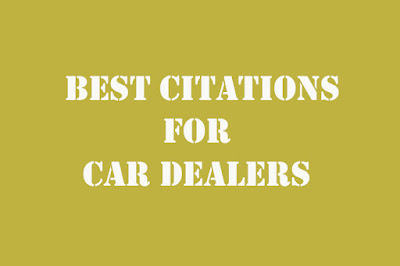SEO friendly URL is like readable URL for both user and search engines. Web developers mainly focusing for programming functionalities not consider about URL structures. In this case, SEO webmasters work starts here.
The following steps are helping to web developers and SEOs.
1. 301 Redirection
301 Redirection is a permanent redirection. If your website is not, search engines consider as www.domain.com and domain.com are two different sites. There is possible to detect as duplicate page. So, you should set up permanent redirection.
2. Folder Structure
Structuring your website URLs is very important to attract your visitors and search engines.
For example:
Whether your website is HTML or PHP, that doesn't matter. You should organize properly to better appearance.
If your web page looks like this www.domain.com/about.html you could make the structuring is www.domain.com/about/. This type of structuring is good to visible.
3. Avoid Dynamic URLs
Search engines are very difficult to understand if you are using dynamic URLs your website. Readability plays an important role here. All URLs should be static one. Use your target keywords within page URLs.
For example:
If you are selling a sport shoe online, you can follow the readability URL like this www.domain.com/sport-shoe/ instead of www.domain.com/?id=shoe32.
4. Use Hyphen(-) for URL Separator
Search engines consider Hyphen (-) as a word separator. So you should use Hyphen(-) instead of Underscore (_).
For example:
Your web page URL should be like this www.domain.com/about-us/ not www.domain.com/about_us/
5. Category Page URL Structure
As per your business, you can maintain more than one categories. You could organized your category pages for easily identify for your different categories. It is useful for your customers to find your products in a easy way.
For example:
Your main URL or homepage is www.domain.com
Your category page URL is like this www.domain.com/category/
and sub-category page like this www.domain.com/category/sub-category/
6. Heading Tags (H1 - H6)
Search engines love Heading tags. Heading tags is a more specific terms to tell about that page content. You can use heading (H1-H6) tags for all pages. But, you should represent only one H1 tag for each page and use more than one H2, H3, H4, H5 & H6 tags. You can use your target keywords in the heading tags.
7. Avoid Caps Letter in the URLs
Don't forget to keep generating new URLs or new webpage creation. As per the URL standard, you always presents small case letter only. Follow the same rule giving file name for any images. Do not leave a space when you saving your image files.


No comments:
Post a Comment